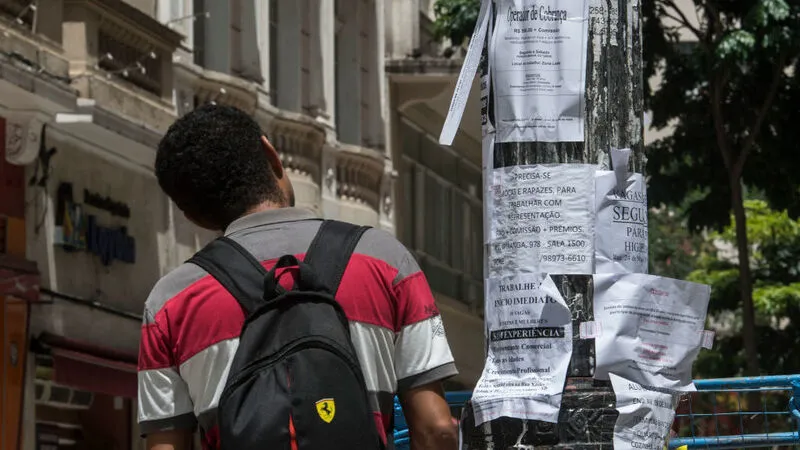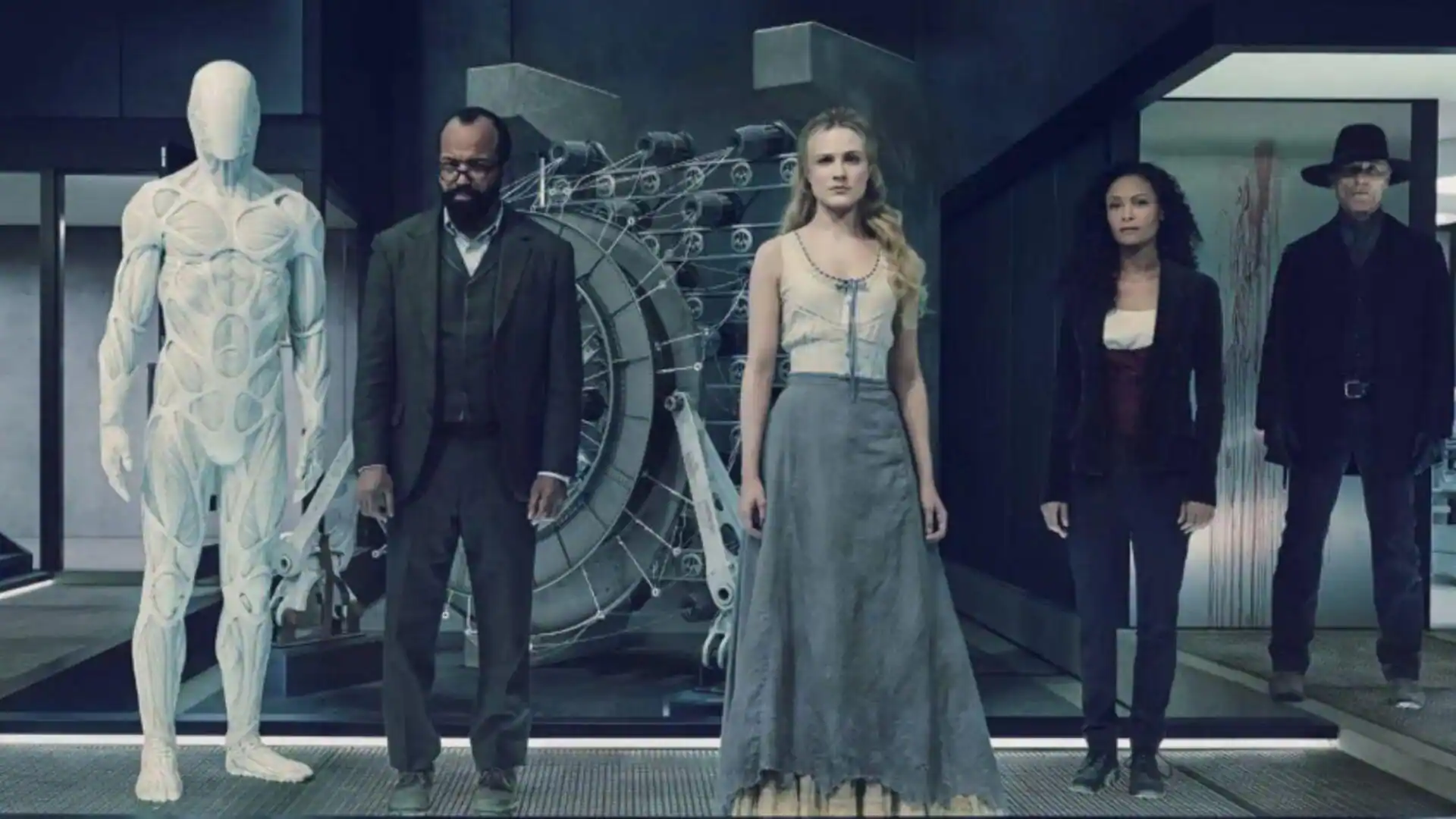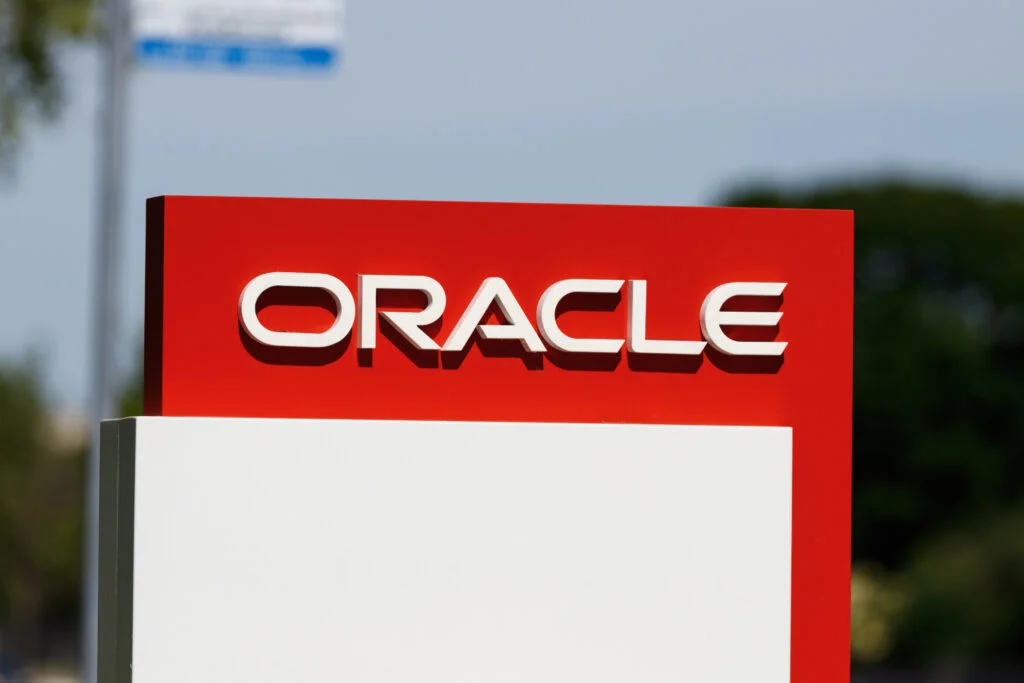By RT Staff Reporters
Copyright riotimesonline

Brazil’s labor market showed improvement in July as the national unemployment rate eased to 5.6 percent, down from 5.8 percent in June and slightly below market expectations of 5.7 percent.
The latest figure marks the lowest jobless rate since early 2015, highlighting gradual progress in employment despite sluggish economic growth. The labor market has proven relatively resilient even as broader activity indicators point to weakening momentum.
Earlier this week, the IBC-Br index, a monthly proxy for GDP, fell 0.5 percent in July, its sharpest decline this year, underscoring pressure on overall output.
Analysts note that the reduction in unemployment partly reflects steady job creation in services, technology, and logistics, sectors that have shown consistent resilience.
However, challenges remain in industry and retail, where activity has been constrained by high borrowing costs and fragile consumer demand. Retail sales contracted 0.3 percent in July, while services expanded only modestly by 0.3 percent, suggesting uneven conditions across the economy.
The labor market data comes against a backdrop of easing inflation. August’s CPI slowed to 5.13 percent year-on-year, down from 5.23 percent in July, with monthly prices slipping into negative territory.
Lower inflation is offering households some relief and could support gradual improvements in consumption, though wage growth remains under strain.
The Central Bank’s Focus survey continues to project slower growth for 2025, with inflation only converging toward target in 2026.
While today’s figures provide a positive signal for employment, the combination of weaker output and uneven consumer demand raises questions about the sustainability of job gains.
For policymakers, the challenge is balancing a still-restrictive Selic rate of 15 percent with the need to safeguard labor market progress.
Investors will closely watch the upcoming IPCA-15 inflation reading and August labor market data to gauge whether July’s decline in unemployment reflects a lasting trend or a temporary improvement.



